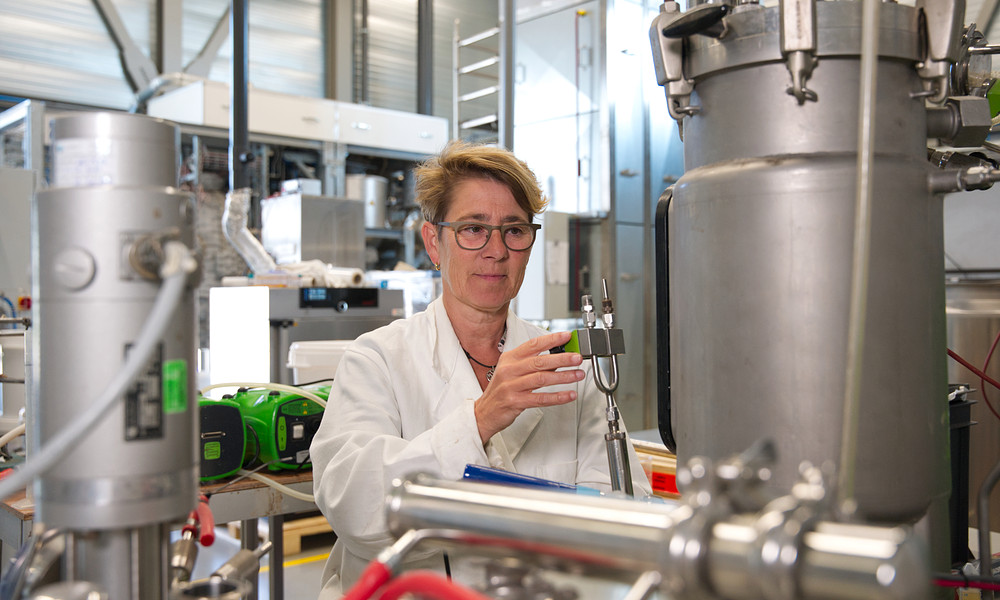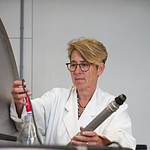PHA: Fit For Purpose
- Research project

In the transition from a linear to a circular economy, biodegradable plastics offer new perspectives. This sustainable alternative to normal plastics is promising, and traction for the application of this material is growing. To take biodegradable plastics to the next level, knowledge about application and up-scaling is vital. This project aims to gather knowledge about this subject.
Polyhydroxyalkanoates, also known as PHAs, are polymers that are naturally produced by micro-organisms. These microorganisms, like bacteria, ferment sugars into PHAs. The bacteria store PHAs as a source of energy.
A lot of different types of PHA can be made, depending on the nutrition that the bacteria have access to, the kind of organism and further circumstances. At an industrial scale, sugar or plant-based oils are used food for the bacteria. A general rule of thumb is that one kilogram of PHAs can be made out of 3 kilograms of sugar. Aside from that, experiments with different food sources are being executed, like waste water.
PHAs fit into the transition towards a biobased economy since the material is biodegradable. The production of PHAs is a relatively new process, and research is still being done on application, production and up-scaling. This project contributes to this initiative.

Onderzoeker
Zernikeplein 11, 9747 AS Groningen

Would you like to know more about the professorship Bioconversion & Fermentation Technology?
Visit the page of the professorshipHow satisfied are you with the information on this page?